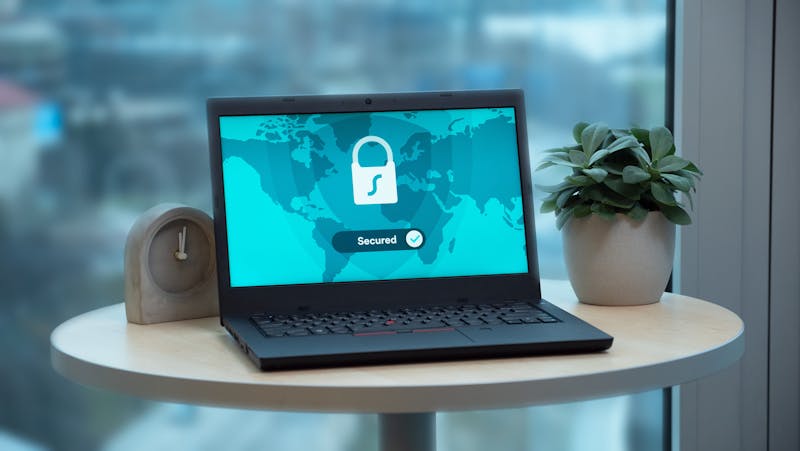How to Choose Data Centres
The modern business world is sustained by data. Even small businesses spend an average of £7,000 annually just to process the huge volumes we generate on the daily. And in the middle of this massive intersection of information are data centres.
For such a vital piece of technology, not many outside of IT departments understand the intricacies of data centres. For many they’re a hazy concept: a row of racks or some far off location that handles your data storage or cloud applications.
Yet with the ever-scaling amount of data that needs to be processed, the continuous roll-in of cloud adoption, and more complex cybersecurity threats, the decision to upgrade to better structures or setups have risen from backend duty to boardroom agenda.
To be able to choose one that aligns with your needs, you first need to know how to pick facilities. Below are the top factors businesses need to consider when choosing data centres.
Structure
Data centres can vary from on-premise, where you own and maintain your own servers, to completely remote public clouds, where you work with service providers like IBM Cloud or Amazon Web Services.
There are also a few hybrid solutions in between, such as colocation and private managed data hubs. The main difference between these two types is ownership. In collocation type setups, businesses share the location with multiple companies, yet own their servers. Servers in private managed data centers are shared resources–cheaper, yet substantially less secure than owning your own devices.
There’s also still value in keeping essential functions and sensitive data on-premises. For one, you can avoid the tedium of validating security protocols with service providers, which can be required by the General Data Protection Regulation (GDPR).
Location
Data travels along fibre cables at around 122,946 miles per second–approximately two thirds the speed of light. As the crow flies, this rate would mean that it would take 89 milliseconds for a data packet from servers in Singapore to travel to your office in Bristol.
Yet data doesn’t exist in a vacuum. Several factors can throttle transmission speeds, from bad infrastructure to traffic along the network it's travelling through. The farther your data centre is from your end devices, the more of these hindrances it is bound to encounter. When a mere 100 milliseconds of extra load time can cleave off 1 percent of sales, businesses will want to keep that distance as short as possible.
Another overlooked factor is the environmental volatility of the location of your data centres. Seismic activity, extreme heat, and inclement weather can all cause significant blackouts. Businesses renting data centres will want to check that their providers have ample redundancies in place to protect against these elements.
Customer Support
One of the biggest benefits of outsourcing or renting data centres is having someone watching over the system 24/7. However, ‘round the clock monitoring doesn’t always translate to ‘round the clock support.
Some facilities may outsource technicians, which may complicate communications when problems occur. Others add extra fees on top of your existing plan for providing support outside of office hours or holidays. Shared locations may not always be open to visits from your in-house technicians.
Before you sign onto any agreement, check the policies closely. Clarifying when and how assistance is provided will help you choose a data centre that can meet your expectations.
Security
Speed is of the essence when containing damage from data breaches, and for staying compliant with existing regulations for cybersecurity. The UK’s GDPR requires businesses to report breaches within 72 hours of the incident.
Working with a third party provider necessitates a higher level of communication and transparency. Ask your service providers what procedures are in place for reporting security incidents.
Physical security down to the rack level is also just as important as virtual. Here is when an on-site tour can help businesses evaluate a potential facility. Look at how easy it is to reach the servers, as well as the video surveillance systems that are in place.
Uptime and Downtime
Data centres are divided into 4-tiers. Facilities are rated by how they’re cooled, the number of redundancies built into the system, and more importantly, uptime.
Only a slim margin separates Tier 1 and Tier 4 when it comes to uptime: 99.671 percent vs 99.995 percent. However, the robust backup systems used by Tier 4 centres create a gulf of difference between the two categories. Tier 1 centres average a downtime of 28 hours annually. In comparison, data centres at the top are down for less than half an hour per year.
Each hour of critical downtime can cause hundreds of thousands of pounds in damages. Security and safety are also key considerations, especially in sectors such as manufacturing and healthcare.
Ultimately, the service provider and structure you’ll choose will depend on the type of function or data you’re looking to host onto servers. Mission critical data are better kept close, if not on-premise to allow for tighter controls over security and faster troubleshooting. Conversely, not everything needs a Tier 4-level investment.






